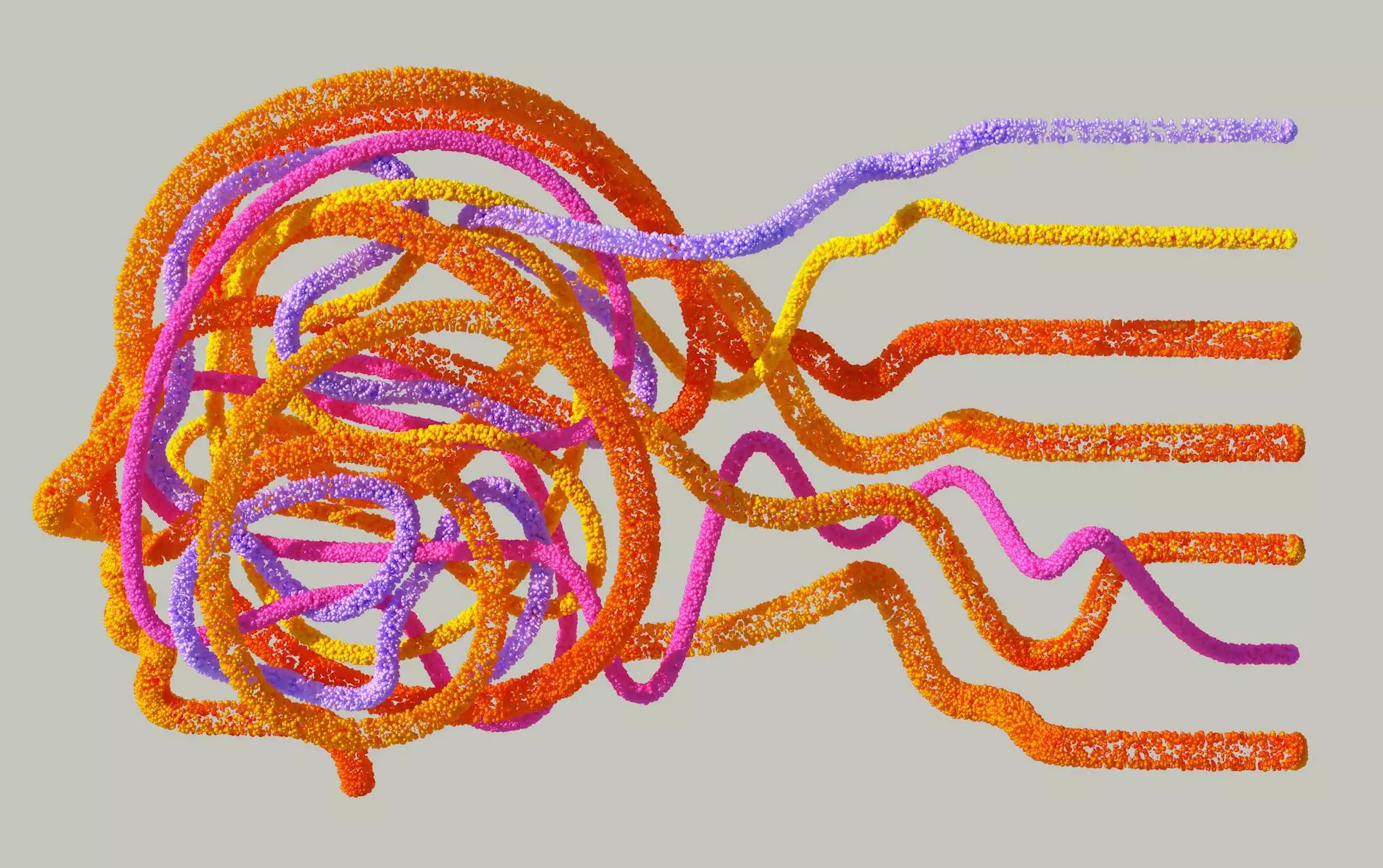Understanding **Shoulder Rotation Pain**: Causes, Treatments, and Prevention

The shoulder is one of the most versatile joints in the body, allowing for a wide range of motion. However, with this flexibility comes the potential for pain and discomfort, particularly in the form of shoulder rotation pain. This article delves deep into the causes, treatments, and ways to prevent this common ailment, ensuring you have a comprehensive understanding to maintain your shoulder health.
What is Shoulder Rotation Pain?
Shoulder rotation pain refers to discomfort experienced in the shoulder joint, particularly during the movements of rotating the arm away from or toward the body. This can manifest as a sharp pain, a dull ache, or even restricted mobility. Understanding the nature of this pain is crucial for diagnosing and treating the underlying issues effectively.
Common Causes of Shoulder Rotation Pain
There are several reasons why individuals may experience shoulder rotation pain. Here are some of the most prevalent causes:
- Rotator Cuff Injuries: The rotator cuff is a group of muscles and tendons that stabilize the shoulder. Tears or strains in these muscles can lead to significant pain during shoulder movement.
- Tendonitis: Inflammation of the tendons around the shoulder can cause discomfort and stiffness. It's often due to repetitive overhead activities.
- Bursitis: This is the inflammation of the bursa, a fluid-filled sac that reduces friction between tissues. Shoulder bursitis can lead to severe pain during rotation.
- Impingement Syndrome: Occurs when shoulder tendons are intermittently trapped and compressed during shoulder movements.
- Frozen Shoulder (Adhesive Capsulitis): This condition leads to stiffness and pain in the shoulder joint, restricting movement and causing discomfort during rotation.
- Arthritis: Osteoarthritis and rheumatoid arthritis can both affect the shoulder, leading to pain and reduced mobility.
- Fractures: A fracture in the shoulder bone can lead to severe acute pain and challenges in rotation.
- Referred Pain: Sometimes, pain in the shoulder can originate from other areas, such as the neck or heart, making it vital to assess the complete picture.
Symptoms Associated with Shoulder Rotation Pain
Recognizing the symptoms associated with shoulder rotation pain can help in early diagnosis and treatment. Common symptoms include:
- Pain during movement: Notably during arm rotation, lifting, or reaching overhead.
- Stiffness: A feeling of tightness in the shoulder area, especially in the morning or after prolonged inactivity.
- Swelling: Inflammation may occur, especially if there is an underlying injury or condition.
- Weakness: Difficulty performing daily tasks requiring shoulder use, such as lifting objects or reaching behind the back.
- Numbness: In some cases, shoulder rotation pain can radiate down the arm, leading to sensations of tingling or numbness.
Diagnosis of Shoulder Rotation Pain
Diagnosing the cause of shoulder rotation pain involves a comprehensive approach:
1. Medical History
Your doctor will inquire about your symptoms, medical history, and any recent activities that may have contributed to the pain. Sharing details about your lifestyle and any previous shoulder injuries can provide valuable insights.
2. Physical Examination
A physical examination involving various shoulder movements and tests helps isolate the source of the pain. Your doctor may assess range of motion, strength, and any areas of tenderness.
3. Imaging Tests
To gain a clearer understanding of the shoulder structure, imaging tests such as:
- X-rays: Useful for diagnosing fractures and bone spurs.
- MRIs: Provide detailed images of soft tissues, helping to identify rotator cuff tears and bursitis.
- Ultrasound: Can assist in evaluating tendon integrity in real-time.
Treatment Options for Shoulder Rotation Pain
Treating shoulder rotation pain effectively requires a tailored approach. Here are common treatment options:
1. Conservative Treatments
These may include:
- Rest: Allowing the shoulder to recover by minimizing the use of the joint.
- Icing: Applying ice packs may help reduce inflammation and pain.
- Physical Therapy: A physical therapist may guide you through exercises aimed at strengthening the shoulder and improving flexibility.
- Medication: Over-the-counter pain relievers such as ibuprofen or naproxen can help manage pain and inflammation.
2. Injection Therapies
If conservative treatments are ineffective, corticosteroid injections may be recommended to reduce inflammation and pain in specific areas.
3. Surgical Options
In cases where there is significant damage or tears, surgery may be necessary. Common procedures include:
- Arthroscopy: A minimally invasive procedure to repair shoulder injuries.
- Shoulder Replacement: In cases of severe arthritis, replacing damaged joint surfaces may be the best option.
Preventing Shoulder Rotation Pain
Prevention is always better than cure. Here are effective strategies to help avoid shoulder rotation pain:
- Regular Stretching: Incorporate shoulder stretches into your daily routine to enhance flexibility.
- Strength Training: Build strength in the rotator cuff and surrounding muscles to support shoulder stability.
- Avoid Repetitive Movements: If your job or sports involve repetitive shoulder motions, take breaks and vary your movements.
- Proper Technique: Whether at the gym or playing sports, ensure you are using the correct techniques to minimize undue stress on the shoulder.
- Ergonomic Adjustments: Make necessary changes to your workspace or sports equipment to reduce shoulder strain.
Conclusion
Understanding shoulder rotation pain is pivotal for those seeking relief from shoulder discomfort. Recognizing the symptoms, understanding the causes, and utilizing appropriate treatment and prevention strategies can significantly enhance your quality of life. If you continue to experience shoulder rotation pain, it’s essential to consult with a healthcare professional or a chiropractor to develop a personalized treatment plan. At IAOM-US, we are dedicated to providing expert care in health and medical education, ensuring that your pathway to recovery is informed and effective.
Further Resources
For more information on managing and understanding shoulder rotation pain, visit the IAOM-US website or consider scheduling a consultation with one of our experienced chiropractors. Staying informed and proactive about your health is the best way to ensure a pain-free and active lifestyle!









